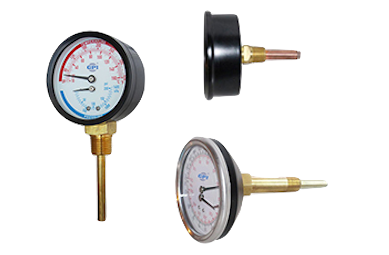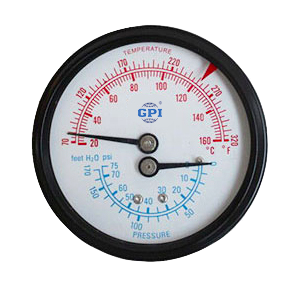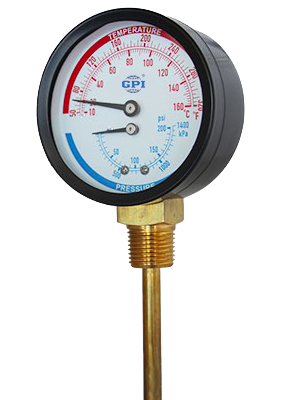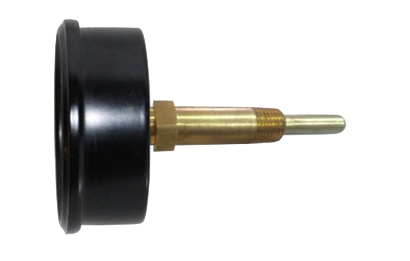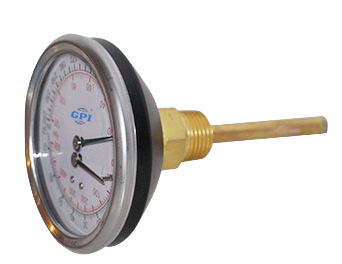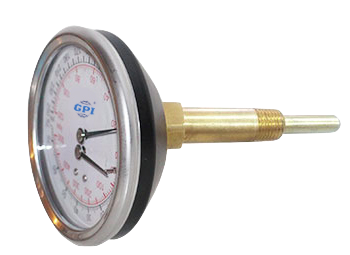The Industrial Oil Filled Manometer are one of the earliest pressure measuring instruments and it is still in wide use nowadays because of the inherent accuracy and simplicity of the operation.
This device is also known as the U – tube manometer because of a U shaped glass tube partially filled with liquid. Now, you know where the name is originated.
The manometer does not have any moving parts and requires no calibration. Manometry measurements are the functions of then gravity and also the liquid’s density for both of the physical properties. Well, these make the U tube manometer a NIST standard of accuracy.
Variations On The U Tube Manometer
The differential pressure is always the difference in the column heights, regardless of the size, and shape of the tubes. The time, it is not showing any measurement, you will see that both of the legs of the manometers are open to the atmosphere and will indicate fluid at the same level.
As there is a variation in volume in the manometer legs, the fluid of the each column moves a different distance. However, the difference between the fluid levels in both of the manometers is generally identical.
Indicating fluids
Liquid manometers measure normally the differential pressure by balancing the weight of a liquid between two different pressures. Normally, water can measure only the small pressure differences, on the other hand, mercury or the other heavy liquids are used for large pressure differences because of that.
For an indicating fluid 3 times heavier than the water, in this way, the pressure measurement range is 3 times greater, but the resolution will be reduced effectively. The indicating water can be colored water, oil, benzenes, bromides, and also pure mercury.
Absolute Pressure
A measurement referenced to zero pressure and equals the sum of gauge pressure along with the atmospheric pressure.
Accuracy
It is known as the measure of the closeness of agreement of a reading for that of a standard. For the absolute accuracy, it can be compared with the primary standard. Accuracies are usually specified as plus or minus percent of full scale. Calibration accuracies are often given as plus or minus percent of readings along with the plus or minus counts.
Ambient Pressure
The medium surrounding pressure of a device and it varies from 29.92 in.Hg at sea level to few inches at high altitude.
Atmospheric Pressure
This is the pressure of the atmosphere on a unit surface. It is also known as the barometric pressure.
Count
The smallest increase of the A/D conversion.
Differential Pressure
Between two measurement points known as differential pressure.
Display Resolution
This is the maximum number of digits on a digital display. For instance, a display resolution of 4 and 1/2 digits will read maximum of 19,999 counts. And a display of 5 significant digits read a maximum count of 99,999 counts.
Range
This is the region between the lower and upper limits of the measurements.

